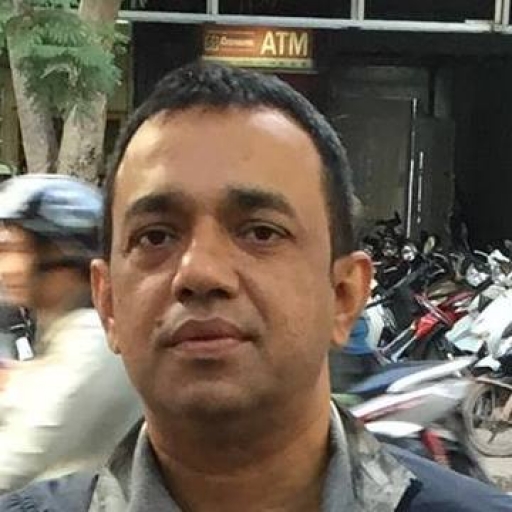Dil hoom hoom kare, ghabraaye
My heart is puffing, and scared
Ghan dham dham kare, darr jaaye
The clouds are thundering, my heart gets terrified.
Ek boond kabhi paani ki mori ankhiyon se barsaaye
I wish, sometime a drop of water flows from my eyes
Dil hoom hoom kare, ghabraaye
My heart is puffing, and scared
Teri johori daaroon, sab sukhe paat jo aaye
I want to put in your lap all the dry leaves I have
Tera chhua laage, meri sukhi daar hariyaaye
When you touch me, my dry bough will become green
Dil hoom hoom kare, ghabraaye
My heart is puffing, and scared
Jis tan ko chhua tu ney, us tan ko shhupaoon
The body that you have touched, I am hiding that body
Jis man ko laagey naina, voh kisko dikhaaoon
The mind infatuated with your eyes, who do I show it to?
O morey chandrama, teri chaandni ang jalaaye
Oh my moon, your moonlight burns my body
Teri uonchi ataari, mainey pankh liye katwaaye
You are up on a high balcony; I have cut off my wings
Dil hoom hoom kare, ghabraaye
My heart is puffing, and scared
Ghan dham dham kare, darr jaaye
The clouds are thundering, my heart is terrified
Ek boond kabhi paani ki mori ankhiyon se barsaaye
A drop of water sometimes could flow from my eyes
Dil hoom hoom kare, ghabraaye
My heart is puffing, and scared
Rudaali is a 1993 Hindi film directed by the Feminist Indian director Kalpana Lajmi, based on the short story written by famous Bengali litterateur Mahasweta Devi.
The title is a reference to a custom in certain areas of Rajasthan where women of a lower caste are hired as professional mourners upon the death of upper-caste males. These women are referred to as a ‘rudaali’ (roo-dah-lee), literally translated as ‘female weeper‘ or “Weeping Woman” Their job is to publicly express grief of family members who are not permitted to display emotion due to social status.
Kalpana Lajmi, The director of the great movie Rudaali (1993) admits that Hazarika’s music contributed hugely to making the film unforgettable, as did his evergreen track, Dil hoom hoom kare. This time it was Gulzar, who took the creative liberty of using the words” hoom hoom ” from Hazarika’a original Assamese song, “Buku hom hom kore”, instead of going with the literal Hindi translation “Dhak dhak”.
On Lata Mangeshker’s request, Hazarika sang the dubbed track himself. She and recordist Amil Sood were so mesmerised by his voice that they entreated Kalpana not to wipe it out. “So I had the song on the cassette and when Dimple requested me to send her all the songs before we left on location, I sent this one too. She was also bowled over and insisted we use his version in the film,” remembers Kalpana. “I told her that there was no scope to use Bhupenda’s distinctly male voice, but she still insisted I transfer the song on to a spool and take it along with us for the shoot.”
The song was played during the scene in which Dimple turns into a widow. It was a 400-feet uncut shot taken at 4 am in the wilderness. Describing it as one of the finest scenes in the film, Kalpana says that once again Dimple insisted that Bhupenda’s song be played in the background while she enacted the scene. Later, she again insisted that they retain the song in the film.
“So even though I knew that I should have really had a female voice singing Dil hoom hoom kare, I went with Bhupen da’s voice,” admits Kalpana. “Bhupen da later joked that of his huge repertoire of songs, this was the one that made him famous across India.”
mukhtarlyallpuri.blogspot.com
